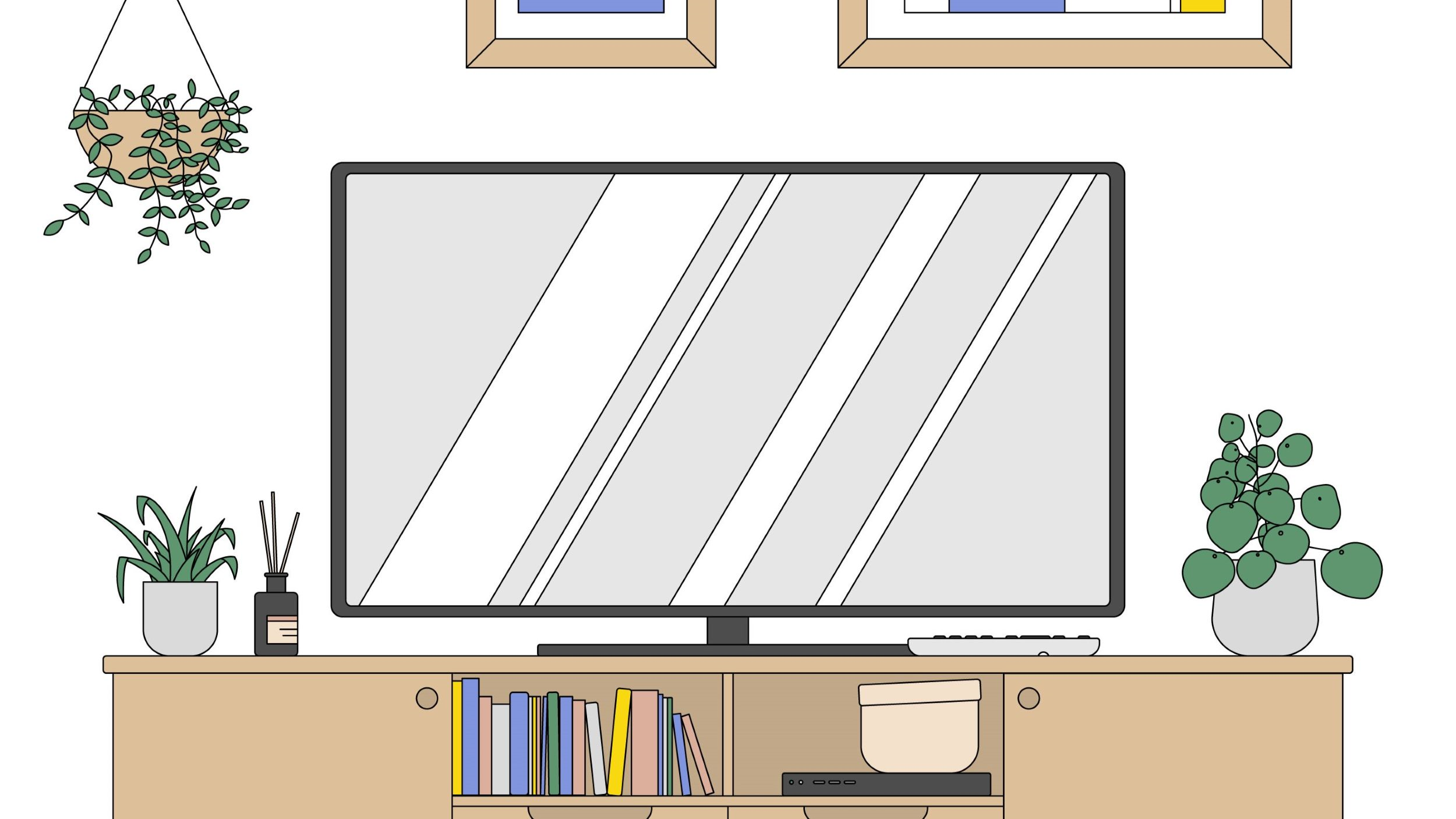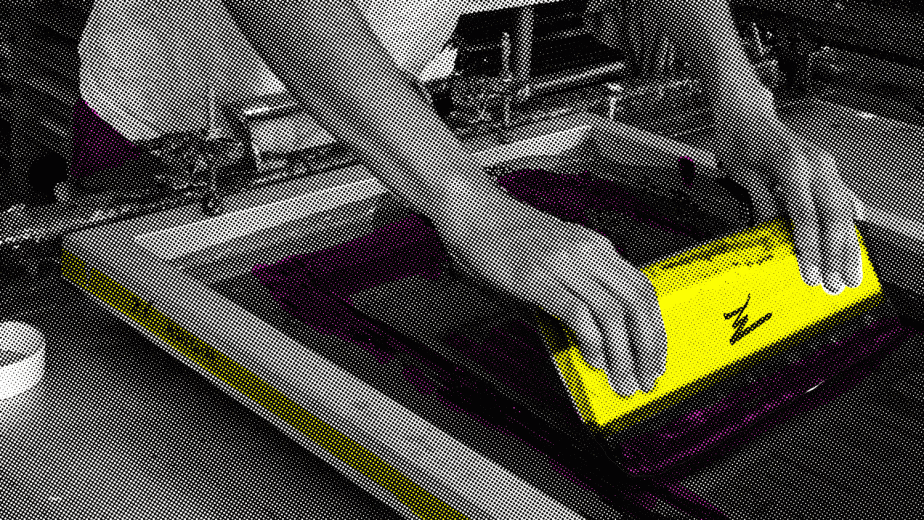It all follows the system of the second brain that Tiago Forte wrote about. Ideally, I’l like all my memories in a format that i can easily access. Random notes, books i have read (and ideallly have my own notes/comments on, doctors appoitments notes, shopping list, you name it…). I just want it there, ready to be pulled up and read again whenever i need it. So far, Notion is housing all this.
Of course, this raises a few concerns:
- So you’re now done with just remembering stuff?
- What about your privacy? You put all that there and then who knows who has access to it.
- Why Notion over any other platform?
- That seems too much work.
First of all, all these concerns are valid, and i don’t have good explanantions for everything. Memory-wise, ideally, i’m dumping information in Notion exactly so i don’t have to remember trivial or difficult things. If i know i can have access to the information, i don’t need to keep it in my head. It’s not exactly something i can choose what i keep or not – but i now i do define some priorities, hoping that the non-important stuff doesn’t occupy memory memory space.
The real debate fr me is the privacy part. Unfortunatley, i haven’t found (nor looked for that hard, let’s be honest), a good alternative. You may even mention Obsidian. They have everything ecrypted and locally stored. True, but then again, how do i have that on my phone (without paying a ton)? As all things, I reckon this one also comes down to how much you want to invest in it – financially or your own time. And let’s not forget that every change comes with some resistance. Of course, if i’m to swap Notion for any other platform, i’d like it to be more better is most aspects than this one – which is hard to come by, especially when Notion keeps growing and gaining importance (in the form of 3rd party APIs and integrations).
Of course, my point of view is only viable becase i genuinely find some joy in this sort of organisation. You can go very, very deep in optimising everything – and some people are absolute wizards with this platform! What really draws me to this platform however (since i’m not that savy yet), is the fact that pages within pages reflects my way of thinking about life matters and projects as well. Pair that with a simple, elegant and playful UI, and Notion has got me hooked.





























